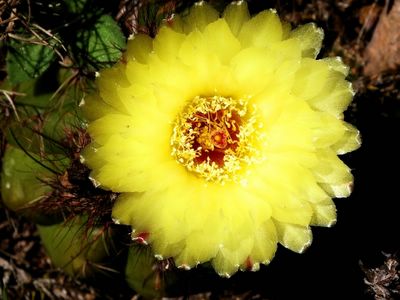
There are over 2000 species of cacti, and these can be arranged in a system based on their presumed degrees of relationship. Within the cactus family (Opuntiae) it is generally accepted that plants fall into three natural groups, called sub-families, which evolved perhaps by 20 million years ago as a result of a gradual adaptive evolutionary process. By this time, Plate Tectonics had spread the Atlantic sea floor to such a width that these adaptations were absolutely confined to the Americas. Consequently, Cactaceae are native only to the Americas.
Existen alrededor de 2000 especies de cactus y éstas pueden ser clasificadas basadas en grados presumibles de emparentamiento. Dentro de la familia de los cactus (Opuntiae) se acepta generalmente que las plantas entran en tres grupos llamados sub-familias que evolucionaron hace 20 millones de años como resultado de un proceso adaptativo gradual. Para ese entonces las placas tectónicas se habían separado y generado lo que hoy es el océano Atlántico, confinando a los cactus al continente americano. Es por ello que todos los cactus y tunas son nativos exclusivos de las Américas.
(Arboretum Lussich - Maldonado)

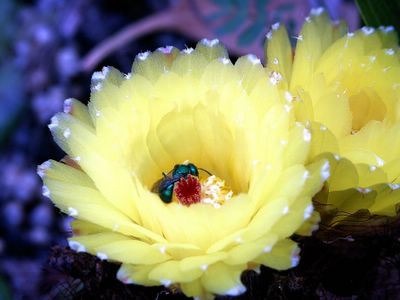







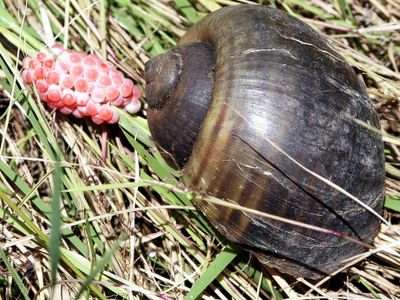
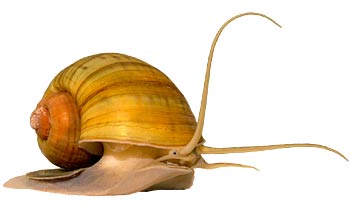



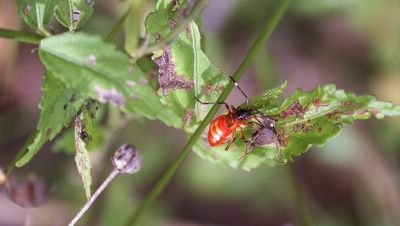
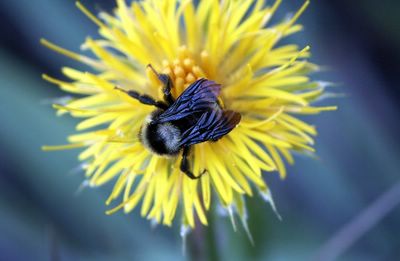



.jpg)